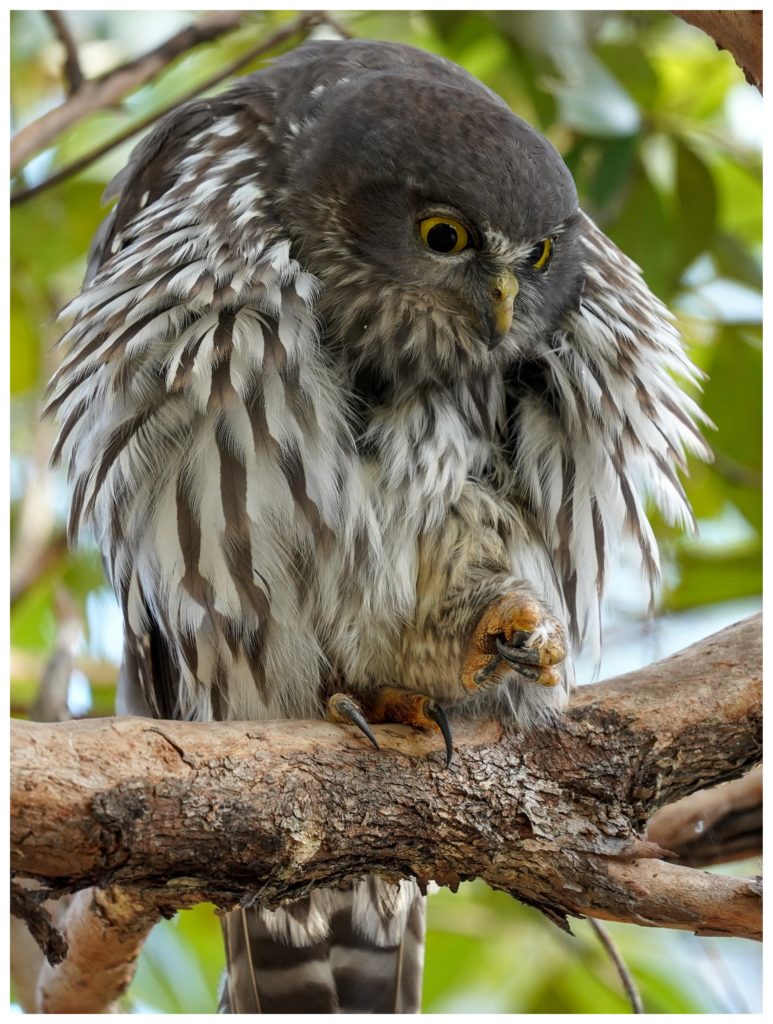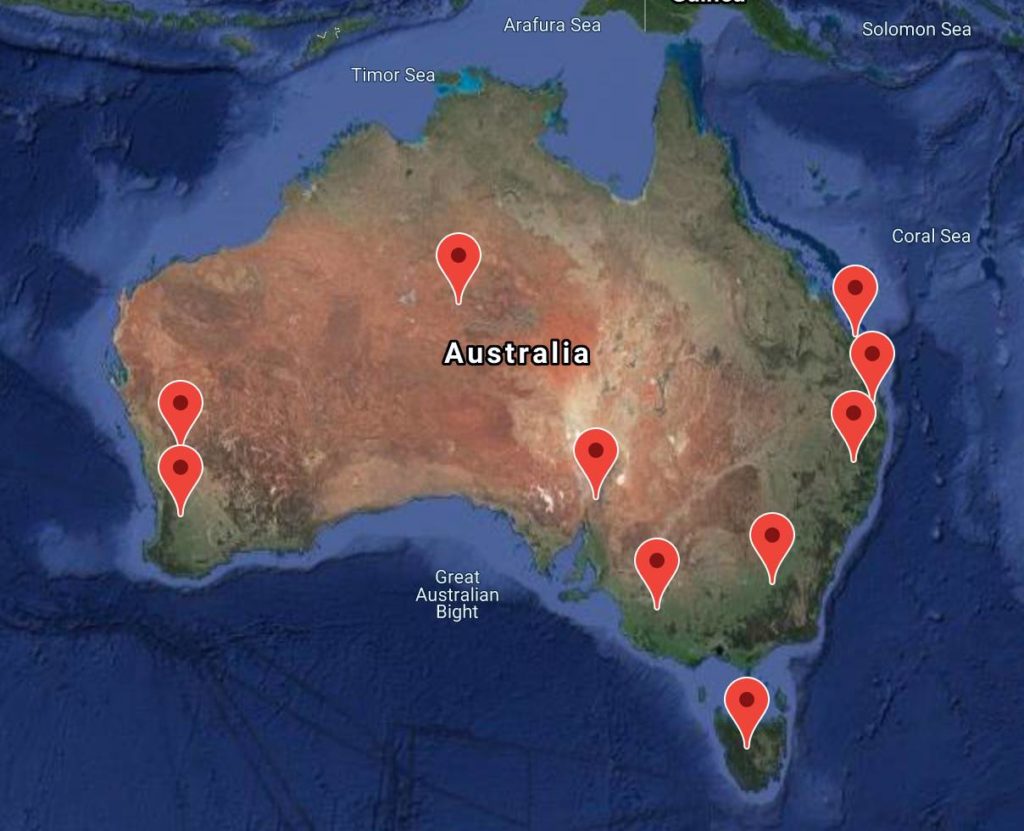Nationwide project aims to map Australia’s favourite predator birds
“I heard the owl scream and the crickets cry.” Macbeth, William Shakespeare.
Is that an owl hooting? Or a car?
Researchers are after volunteers to help map five native Australian owl species, by listening to short recordings made in the bush.
The results will provide important information about the range and numbers of these beloved birds of prey. They will also help researchers develop artificial intelligence (AI) systems to use in a new field of science, known as “eco-acoustics”.
The project is called Hoot Detective, and is produced by ABC Science in collaboration with the Australian Acoustic Observatory (A2O) for National Science Week. It will commence online on Monday 9 August at www.hootdetective.net.au and run until the end of August.
The idea is to hunt for Powerful, Barking, Boobook, Barn, and Masked owls. For more about each species, visit hootdetective.net.au/the-owls.
For the past two years, scientists from the A2O have placed hundreds of autonomous recording devices in 90 sites across forests, grasslands and other ecosystems across every state and territory except the ACT. Sound snippets that might – might – include noises made by owls have been identified and collated by an artificial intelligence system being built at the Observatory.
The result is a trove comprising hours of recordings, divided into 10-second sections.
“It’s a fascinating exercise,” explained the ABC’s Dr Ann Jones. “Simply sit at your computer, call up a recording, and listen out for the owls. You hear wild Australia at night – and sometimes it’s surprisingly tricky to distinguish, say, a barn owl among noisy insects, chorusing frogs or even wind or cars.”
The Hoot Detective team hope that when all the results are collated, they will find insights into owl populations that go beyond simply range and density. They want to discover, for instance, whether owl calls change, or whether small owls shut up when big owls come to visit.
“This is about using acoustics to understand the natural environment,” said Professor Paul Roe, who leads the Observatory, and is based at the Queensland University of Technology.
“We work with a lot of ecologists. We’re interested in any animal that makes noise, but in this case, we’re focussed on owls.”
Professor Roe said the ornithological information uncovered by the nation’s Hoot Detectives will be very useful.
“The ecologists will love it,” he said, “And so will we computer scientists. It will help us to improve the accuracy of the AI we’re developing. Up until now, most AI research around the world has concentrated on either image or human speech recognition – using it to interpret the natural world is still in its early stages.”
Eco-acoustics, he added, is a field that will produce huge amounts of data that can be used to inform long-term strategies for land management and conservation.
Hoot Detectiveis the online project for National Science Week 2021, undertaken by ABC Science in collaboration with A2O, Queensland University of Technology and the University of New England, with funding through the Australian Government’s Inspiring Australia strategy.
Background information
How to be a Hoot Detective
Visit www.hootdetective.net.au and choose a location you want to search. Alternatively, let the system choose one for you.
You’ll then be presented with a 10 second sound file, full of the noises of the night.
You’ll also have reference sound files: verified recordings of each owl species, plus the sounds of other things you might hear, including koalas, possums, frogs, and cars.
Make your best guess about the sounds on the file, click the relevant box or boxes, hit ‘submit’, and move on to the next one!
Locations
The Hoot Detective website has recordings taken in:
- Tarcutta Hills, NSW
- Little Llangothlin Reserve/Warra National Park, NSW
- Newhaven, NT
- Reedy Creek, Qld
- Samford Valley, Qld
- Arkaba, SA
- Five Rivers, Tas
- Little Desert Nature Lodge, Vic
- Boyagin Nature Reserve, WA
- Charles Darwin Reserve, WA



